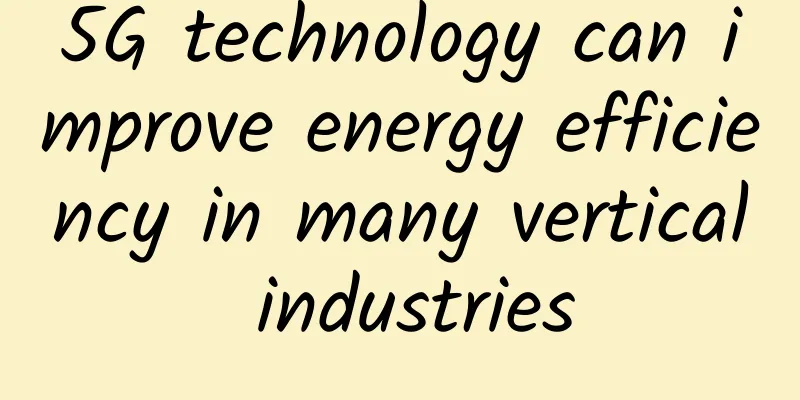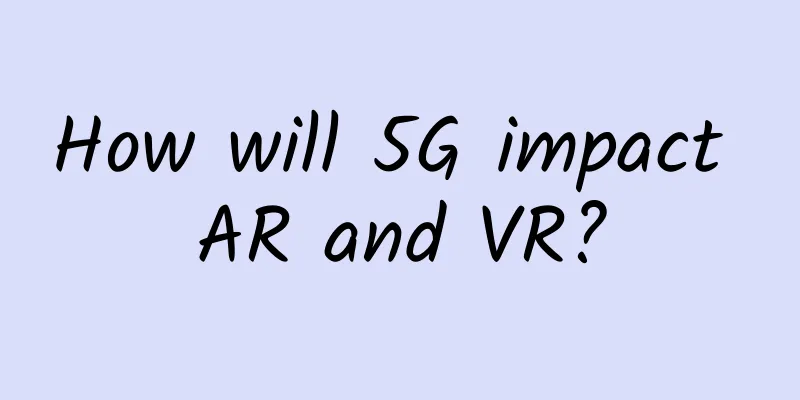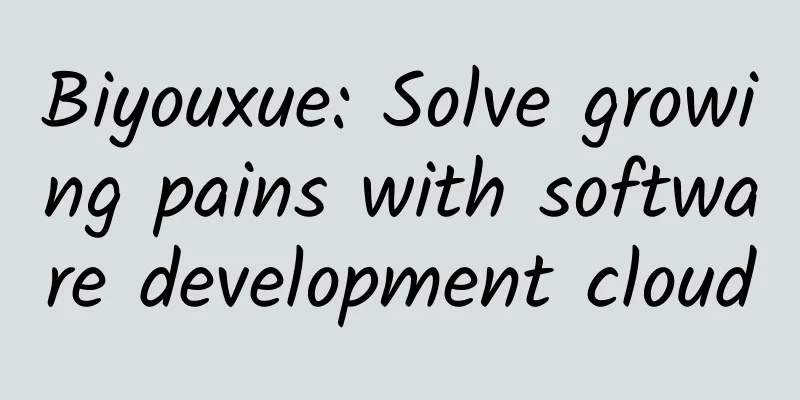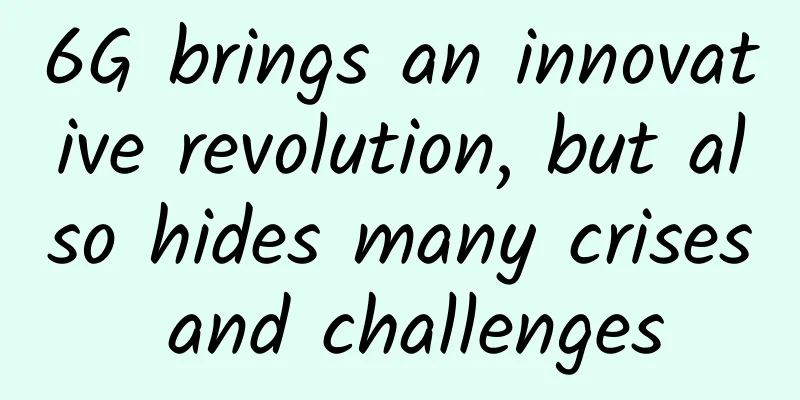5G technology can improve energy efficiency in many vertical industries

|
The ICT sector contributes less than 2% of global greenhouse gas emissions, but accounts for about 6% of total value added in OECD countries and more than 7% of China's GDP. This relative ratio means that making telecom networks more energy efficient alone will have only a small impact on climate change. 5G will only have a meaningful impact on global energy use if it has a significant impact on energy efficiency in other industries. In this article, we will explore high-emissions sectors such as energy, healthcare, and manufacturing to demonstrate quantifiable benefits from 5G. These three sectors account for approximately 61% of global greenhouse gas emissions but 38% of global GDP, as shown in Figure 1. Qualitative case studies of smart city and transportation use cases will also be explored. As described in the following subsections, our modeling and analysis suggest that 5G could have significant environmental impacts for these industries (measured in terms of greenhouse gas reductions), enabling new ways of operating that would be impossible or unaffordable without 5G. We also found that in these areas where energy efficiency transformation is most needed, 5G can play a significant role if combined with other technologies such as cloud, artificial intelligence and the Internet of Things, as well as other changes such as the adoption of renewable energy. The combination of 5G with ICT technologies such as AI, IoT and cloud can improve energy efficiency in other industries Significant efforts are being made to reduce 5G energy consumption. While 5G networks themselves must be energy efficient, the truly transformative impact will come when 5G enables many other industries, including others that consume much more energy than the telecom industry, to operate in a more energy-efficient manner. The ITU's SMART 2020 report found that by 2020, ICT energy efficiency across all industries could be equivalent to 15% of all global emissions. EU data shows (see Figure 5.2) that the largest consumers of energy are transport, industry and households, so if technology can improve efficiency and reduce emissions in these areas of life, the impact on climate change will be greater than the impact of deploying 5G networks themselves. This effect depends on changes to processes and behaviors that are supported by high-capacity, ubiquitous and low-latency mobile networks. Some examples of how 5G networks can reduce energy consumption in industry include:
These factors are made possible by combining high-speed, low-latency 5G and other technologies such as AI/ML and edge cloud. Together with billions of connected IoT devices, they support hyper-connectivity, allowing users to interact in new ways with lower energy overhead. For example, no need to travel. This combination of technologies also provides the basis for network slicing, which allocates the network and computing resources required by specific industries and specific tasks precisely for as long as they are necessary: once the task is over, the virtual slice resources can be turned off and reused elsewhere. Slicing will allow industries to have dedicated virtual networks that suit their requirements without over-provisioning them and wasting resources. Here are some examples of how effective 5G support can be when combined with other technologies. The UK government has made a commitment to reduce energy consumption and carbon emissions in the long term. The Department for Transport has identified vehicle monitoring and energy efficiency as key issues for the fleet management sector. In order to address these issues and optimize energy consumption, the government has launched a number of telematics programs. For example, telematics systems have been deployed in 600 police vehicles to measure fuel consumption and greenhouse gas emissions. The benefits generated by the use of these systems include: 1) a reduction of 120 vehicles after determining vehicle utilization; 2) a reduction in greenhouse gas emissions and a fuel cost saving of more than £382,000. In line with the government’s initiatives and corporate environmental sustainability goals, a large financial institution in Taiwan has set a goal to reduce its greenhouse gas emissions by 30% between 2016 and 2050. To improve energy efficiency and increase the sustainability of operations, the company has implemented an AI-enabled building energy optimization solution across its 189 branches. The solution has successfully reduced average electricity usage in each branch by 5% to 15%. Energy consumption per employee also dropped by 9.1% in 2018. A cement production plant in Slovenia faced the challenge of adapting its facilities and infrastructure to comply with European energy-related regulatory requirements. The plant consumes more than 90GWh of electricity and 8GWh of natural gas per year. In 2017, it launched an energy management project involving a smart energy solution based on wireless LoRaWAN technology. The solution improved visibility of the plant's energy consumption in each production process and enabled more precise real-time monitoring. After deploying the solution, the plant successfully reduced greenhouse gas emissions and energy consumption. A real estate developer in Hong Kong has developed a ten-year plan to promote sustainable development, with the goal of reducing greenhouse gas emissions by 35% by 2025. It has partnered with an AI system and platform provider to build an AI-enabled "green building" in the city. The AI-based data platform enables energy savings through predictive usage and automated operations of utility systems, as well as predictive maintenance. The building has successfully reduced energy consumption associated with its daily operations. |
<<: Foreign media: Germany may completely shut down 3G network in 2022
>>: How to design a powerful API interface
Recommend
WiFi is indispensable for taking a break. You can learn how to solve the signal coverage problem
We are about to bid farewell to 2016 and welcome ...
5 ways 5G will change the world
As communications technology goes, the switch fro...
From 0G to 5G, the ups and downs of mobile communications over the past century
During World War II, Motorola's SCR series wa...
Explore VLAN aggregation: How to optimize your network performance
VLAN technology is widely used in campus networks...
In the "5G era", a large number of "unicorn" companies will emerge to seize the opportunity
Recently, Jiangsu Mobile Company released a messa...
Satellite Internet: The war is already raging
[[323965]] On April 20, satellite Internet was cl...
Nielsen: 5G enters a period of accelerated development, new scenarios give rise to new consumer demands
Recently, Nielsen, a global monitoring and data a...
RackNerd: $60/year - 1.5GB/20GB/3TB/5IP/6 data centers available including Seattle
In addition to the special annual VPS that we oft...
Remote holographic presentation is the development direction in the 5G era, and AR/VR hardware has entered a period of quantitative change
"Holographic telepresence is expected to bec...
By the end of 2016, my country had achieved 100% implementation of the real-name system for telephone users.
[51CTO.com original article] In recent years, spa...
Break through with operation and maintenance tools! See how the operation and maintenance department of China Merchants Bank gets along well with development and business
[51CTO.com original article] When traditional ban...
When Wi-Fi becomes a “basic need”, what should five-star hotels do?
Will the "joker" break your cognitive b...
Detailed explanation of TCP data segment format + UDP data segment format
TCP Message Format TCP (Transmission Control Prot...
If you don’t know IPv6, you are out of date. What is IPv6?
When using mobile apps, have you noticed that the...
Wireless network signal optimization method during WLAN system implementation
In project practice, we have spent a lot of money...









